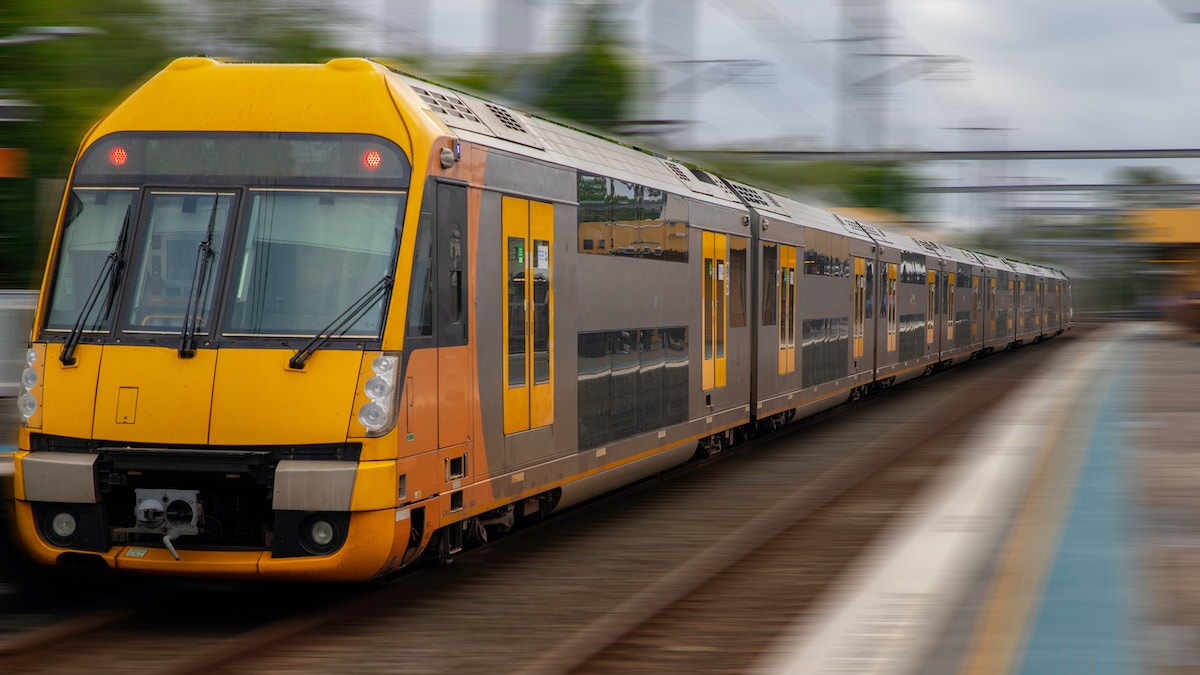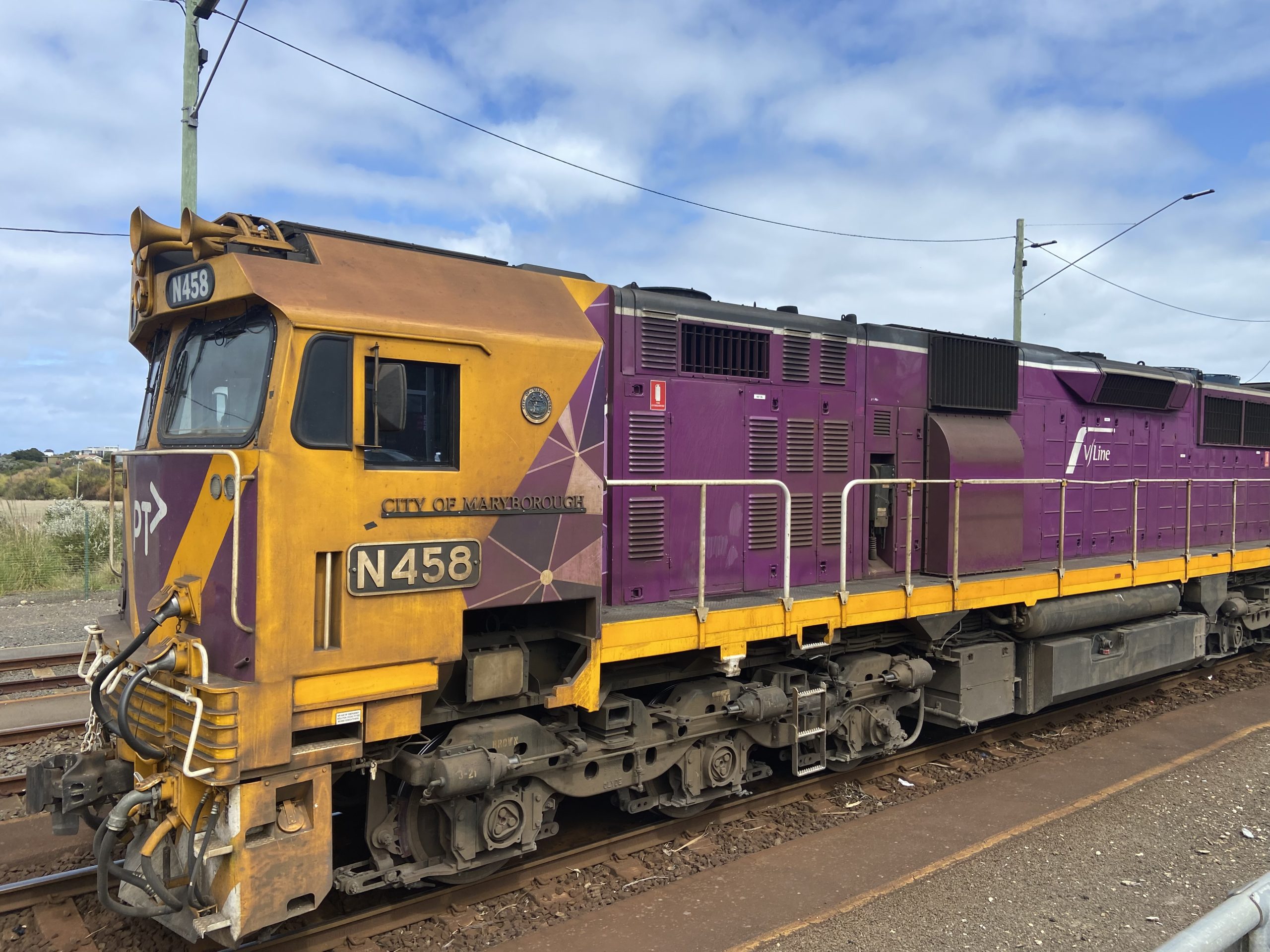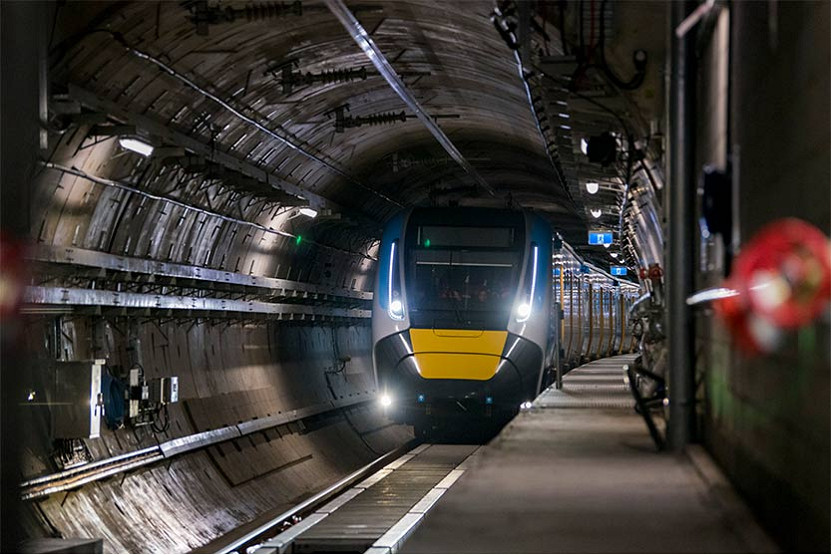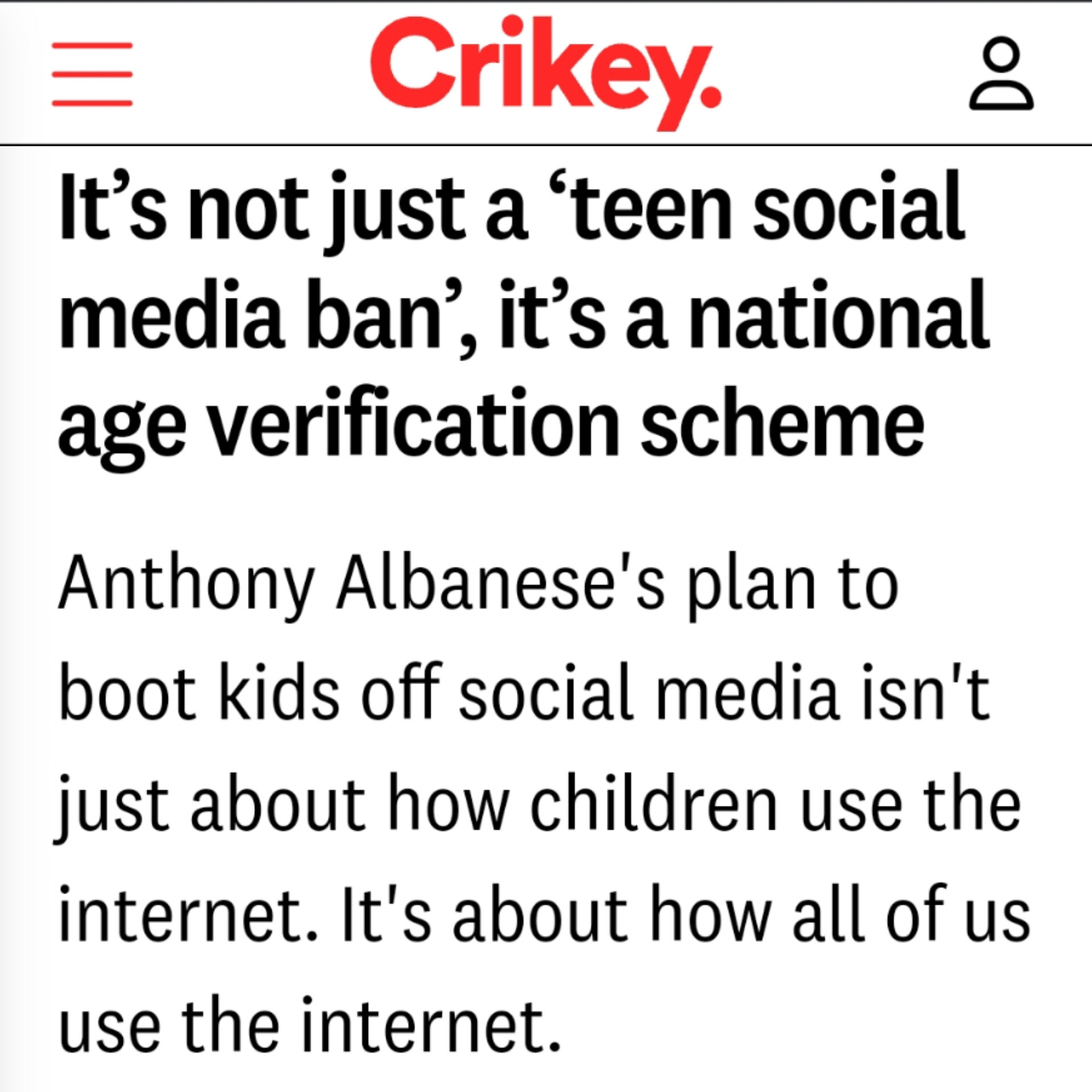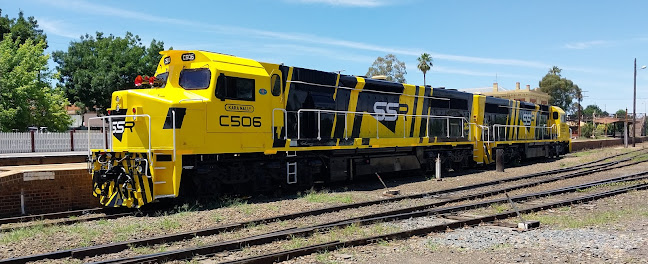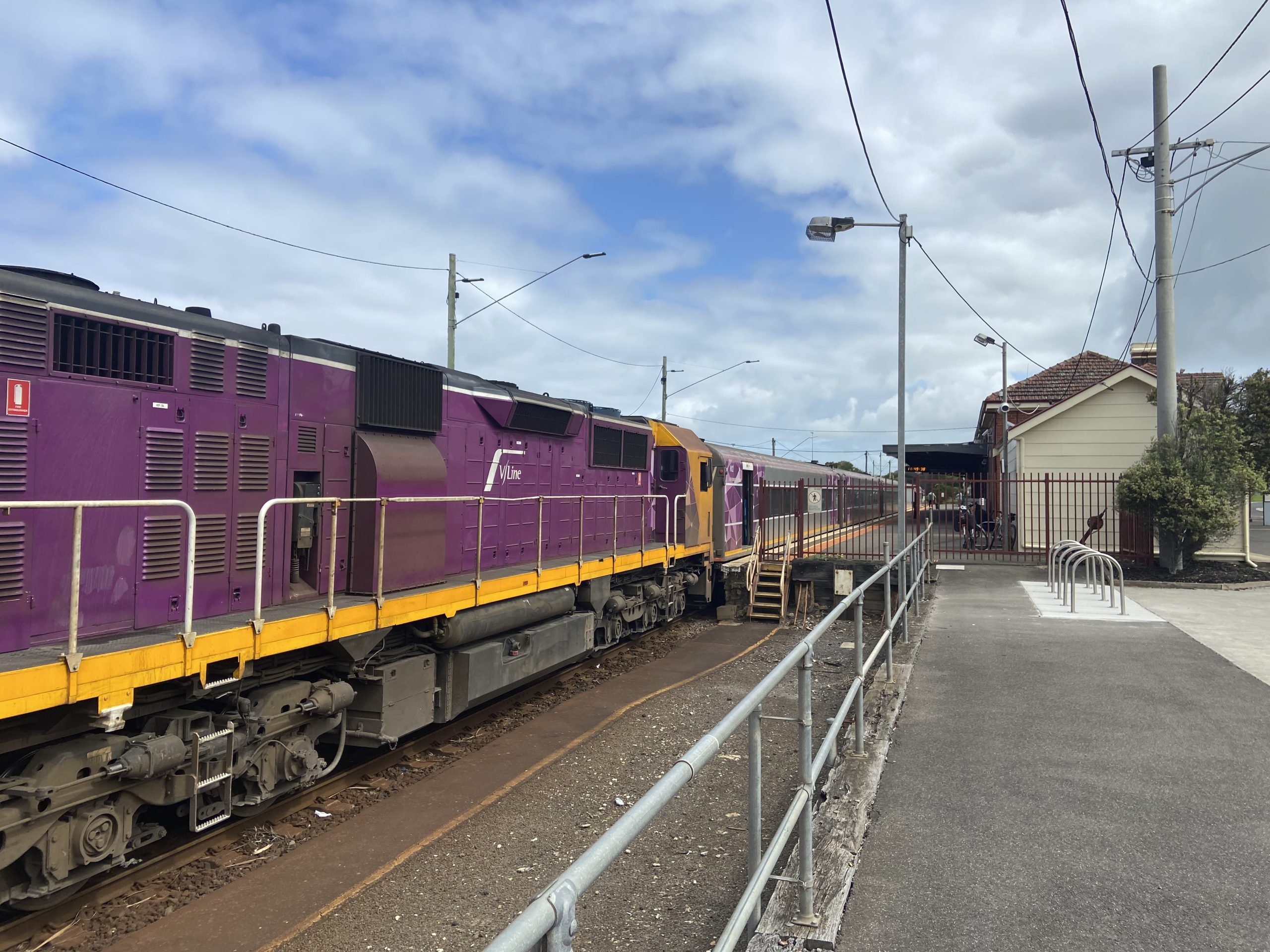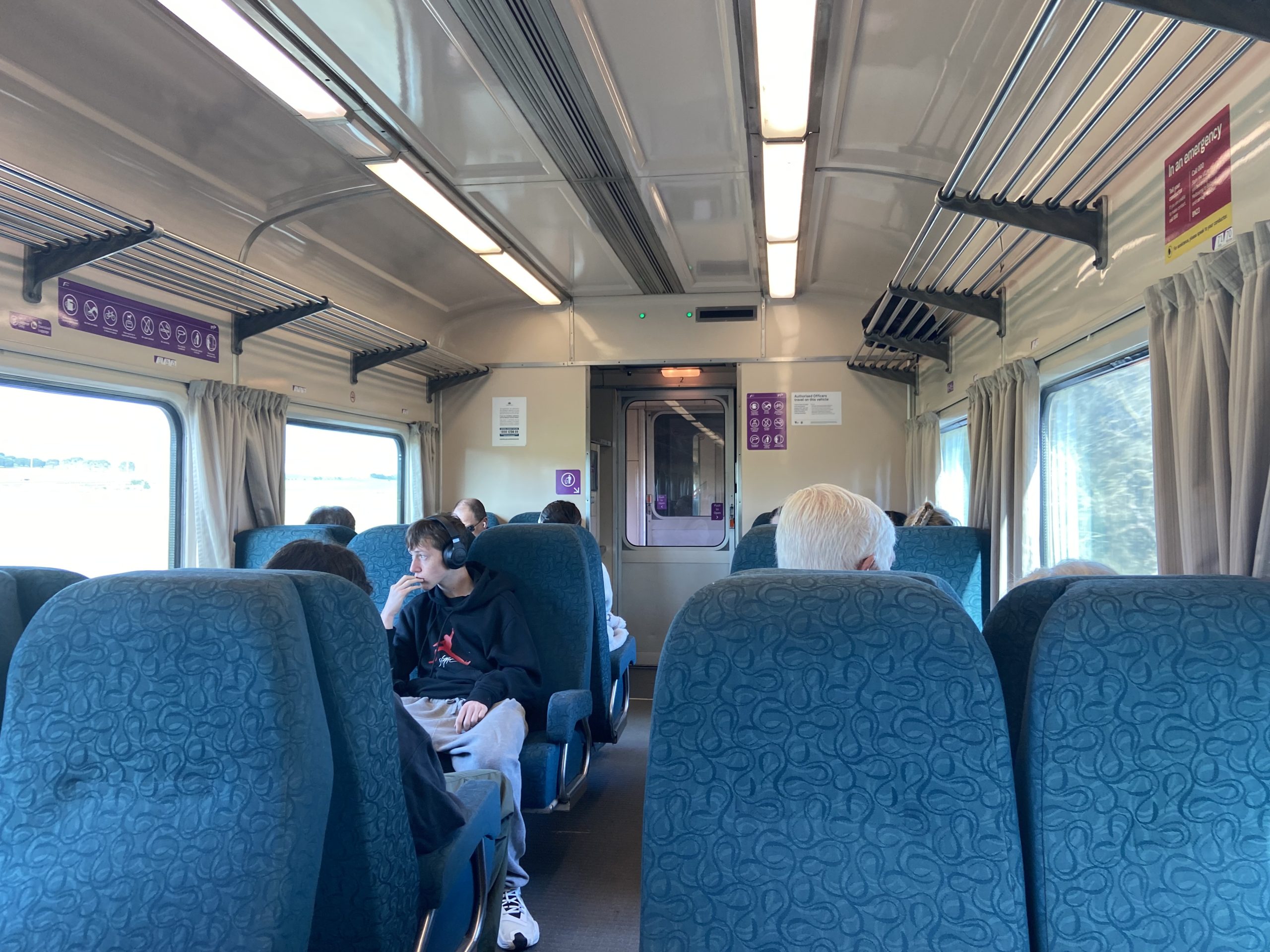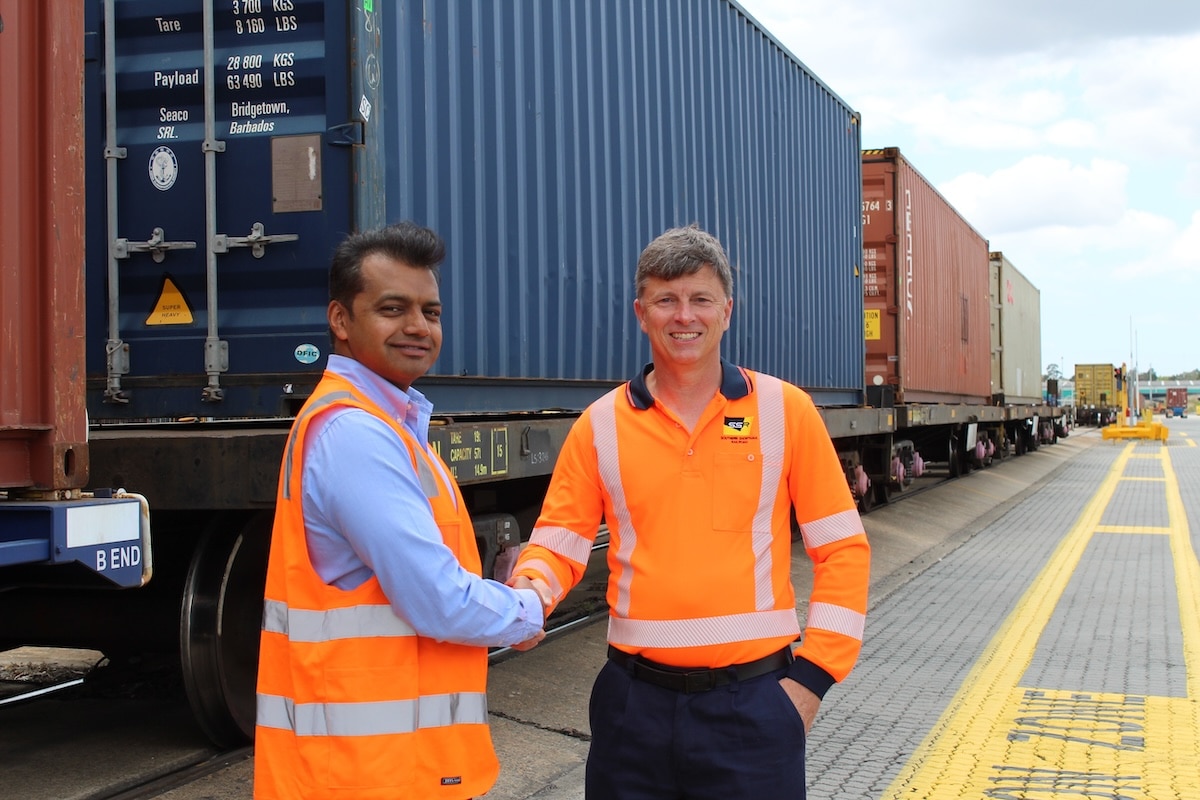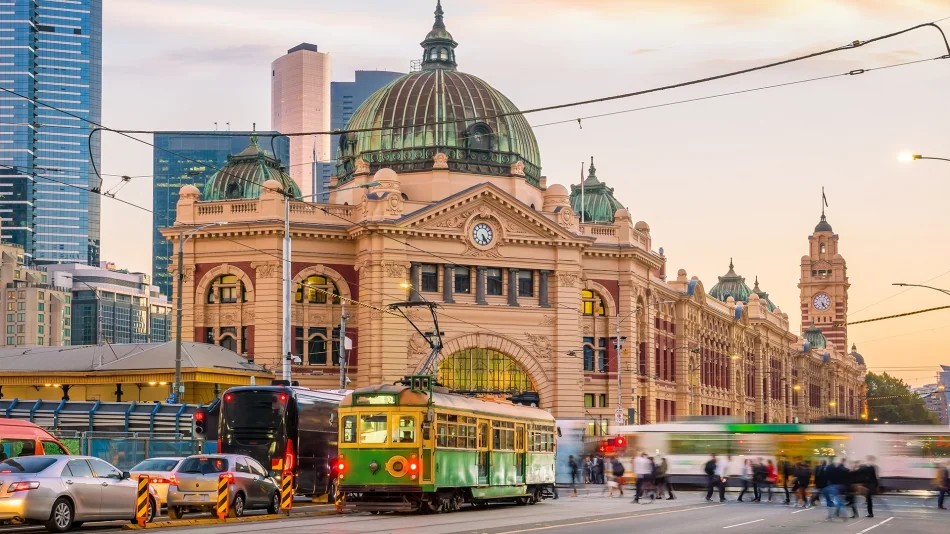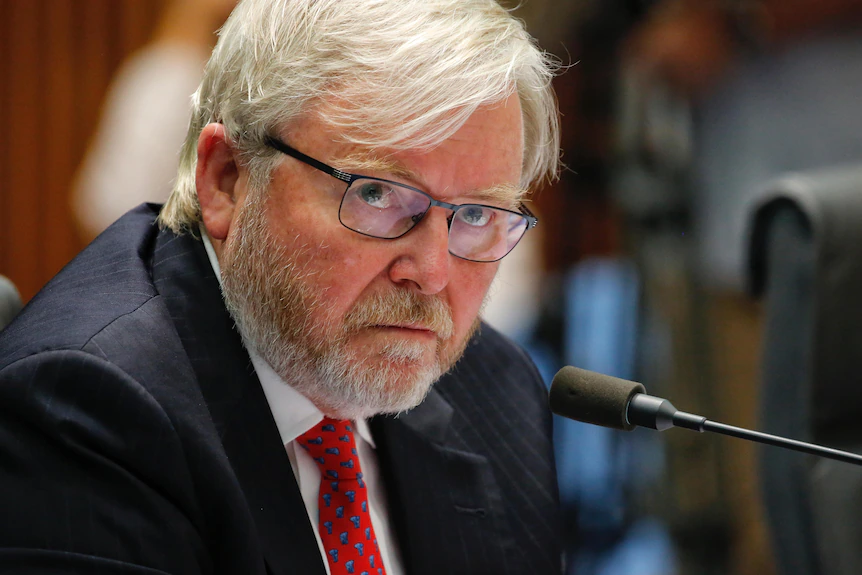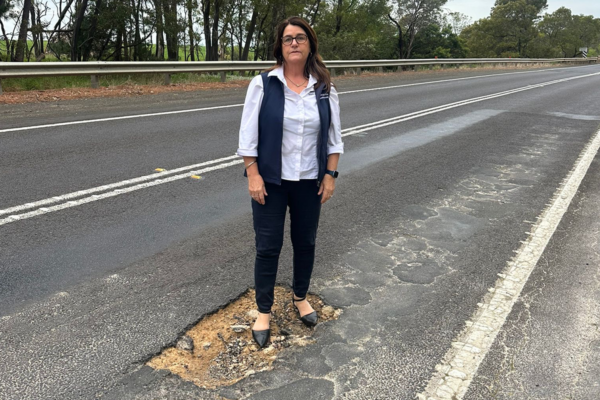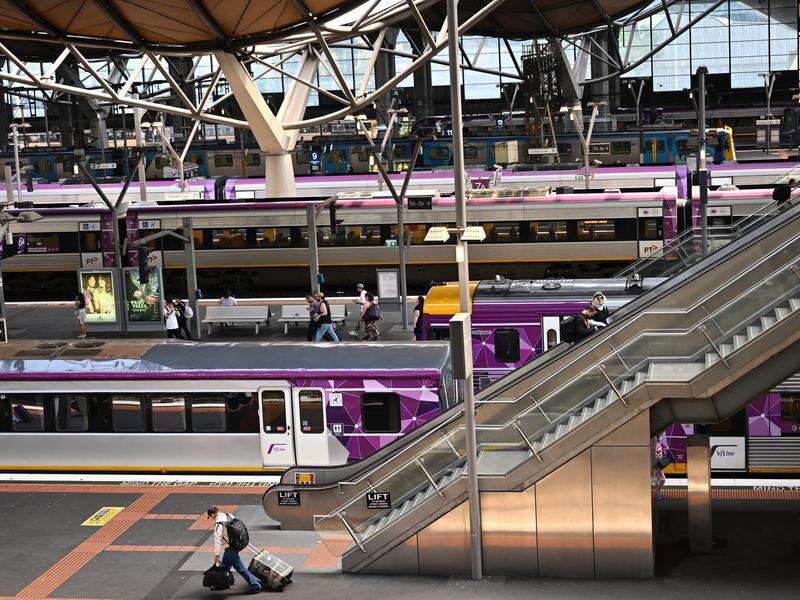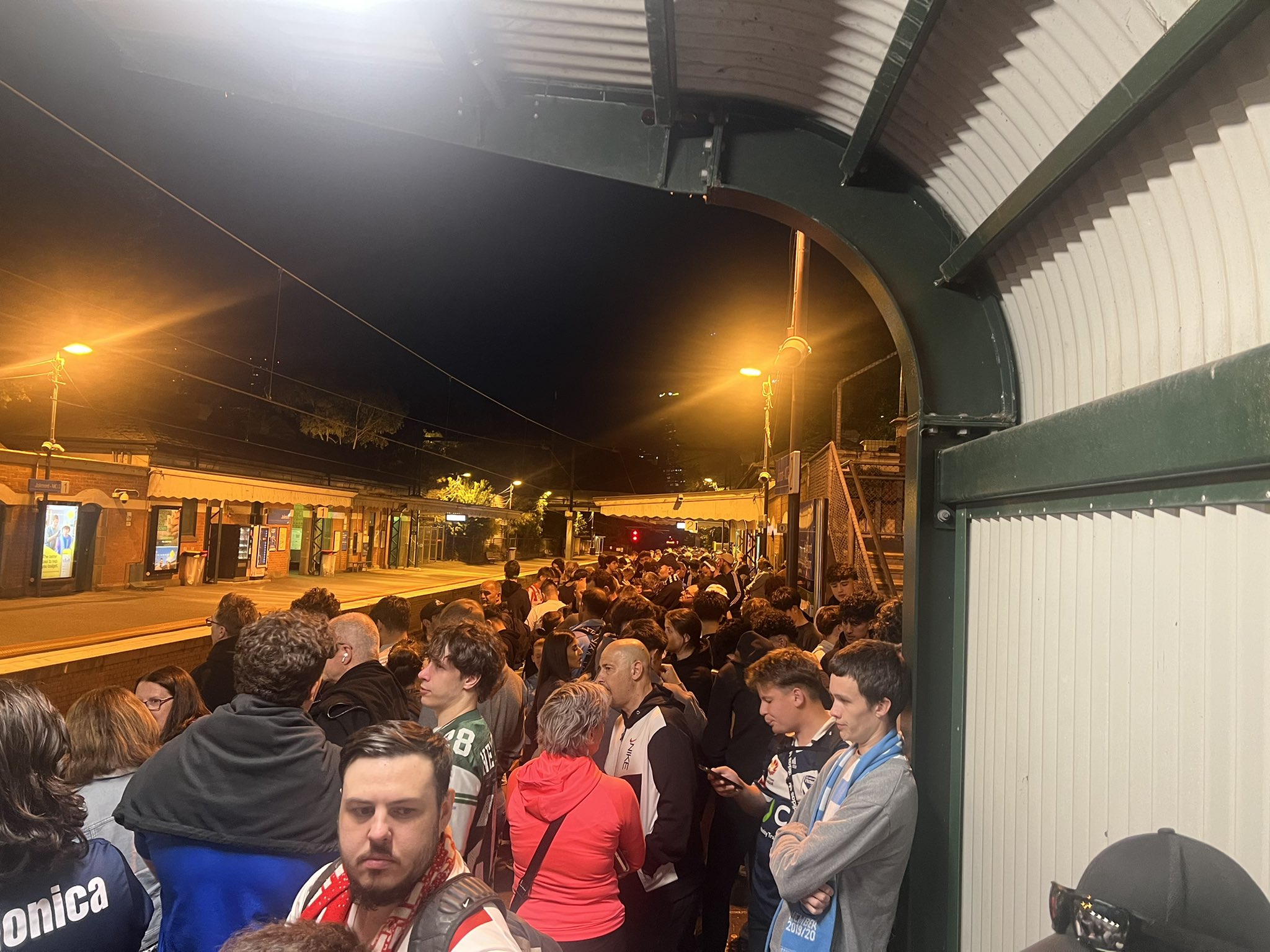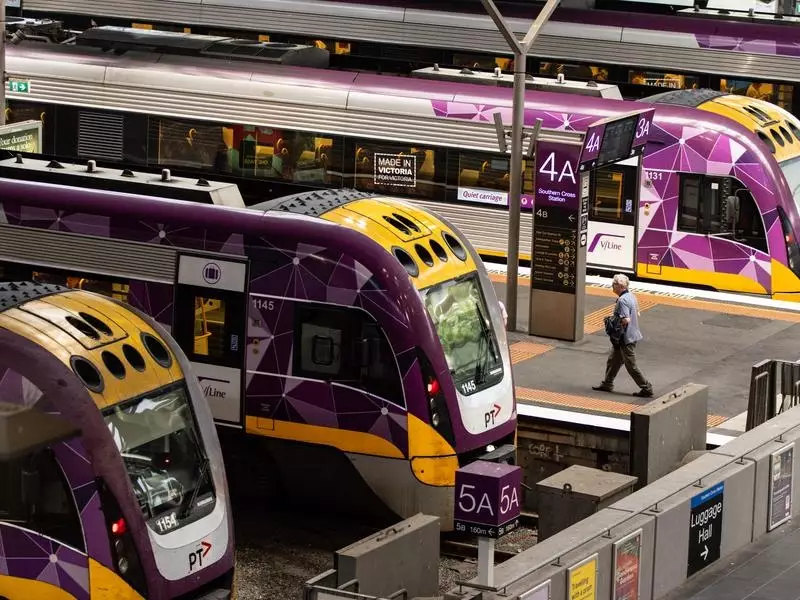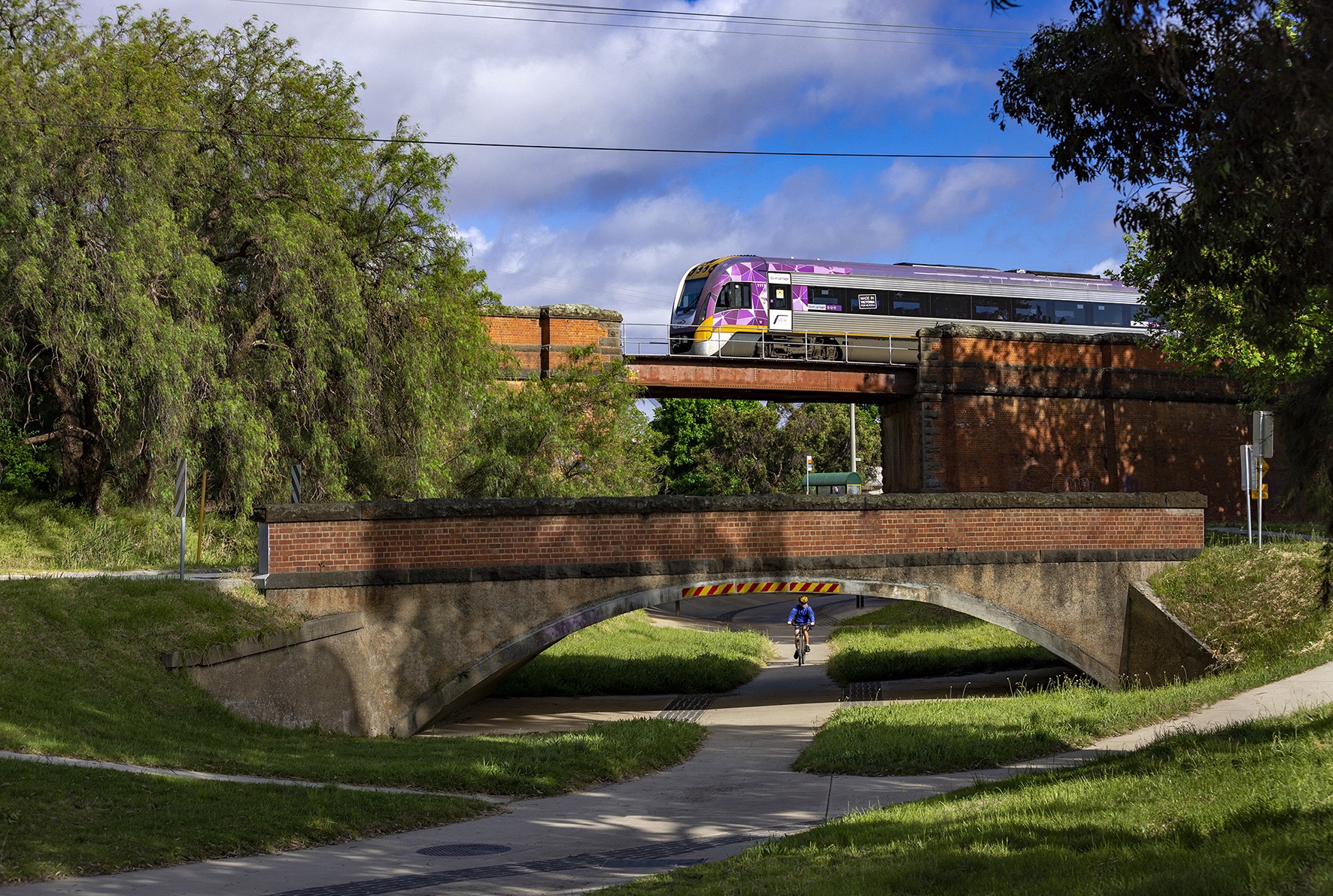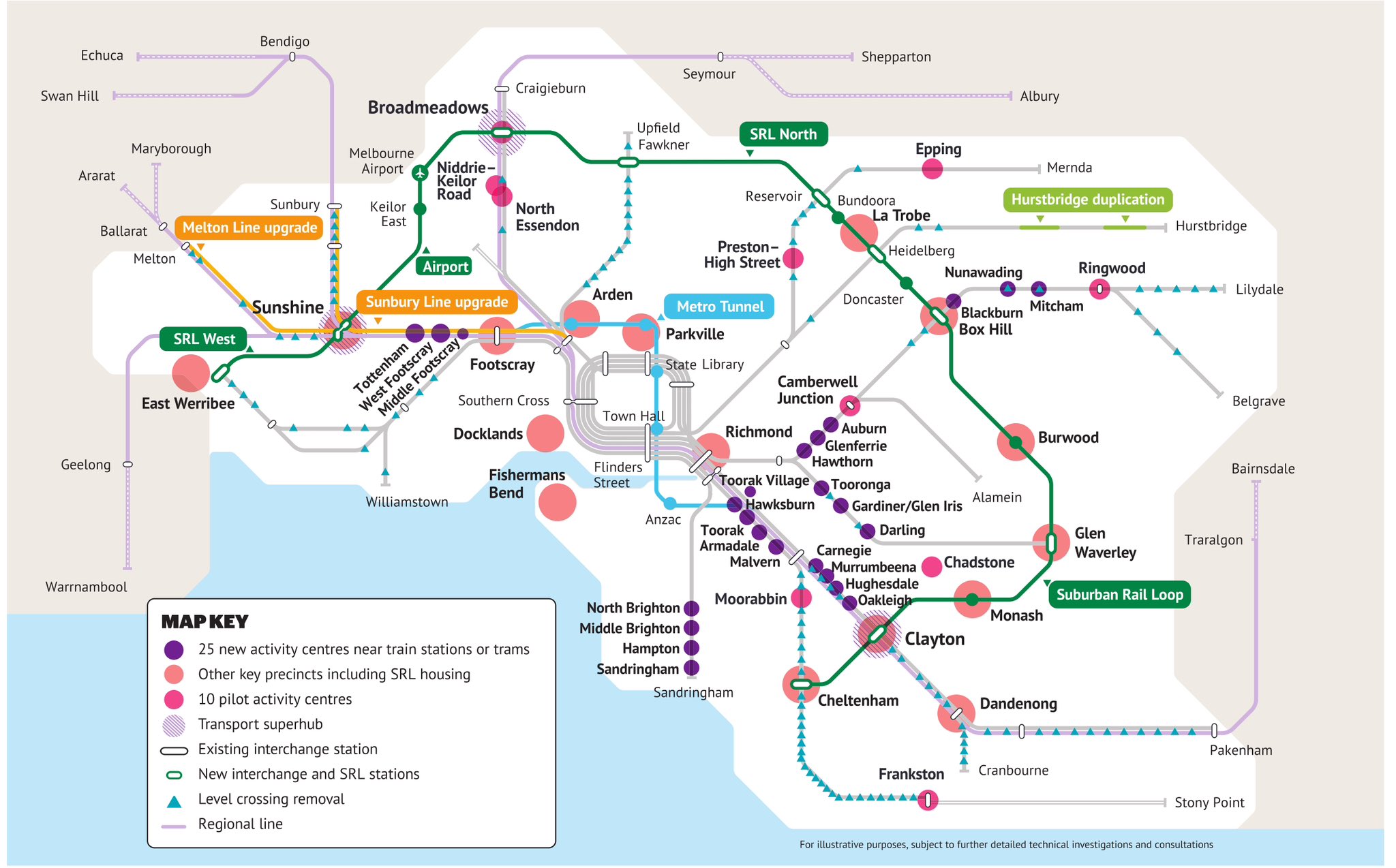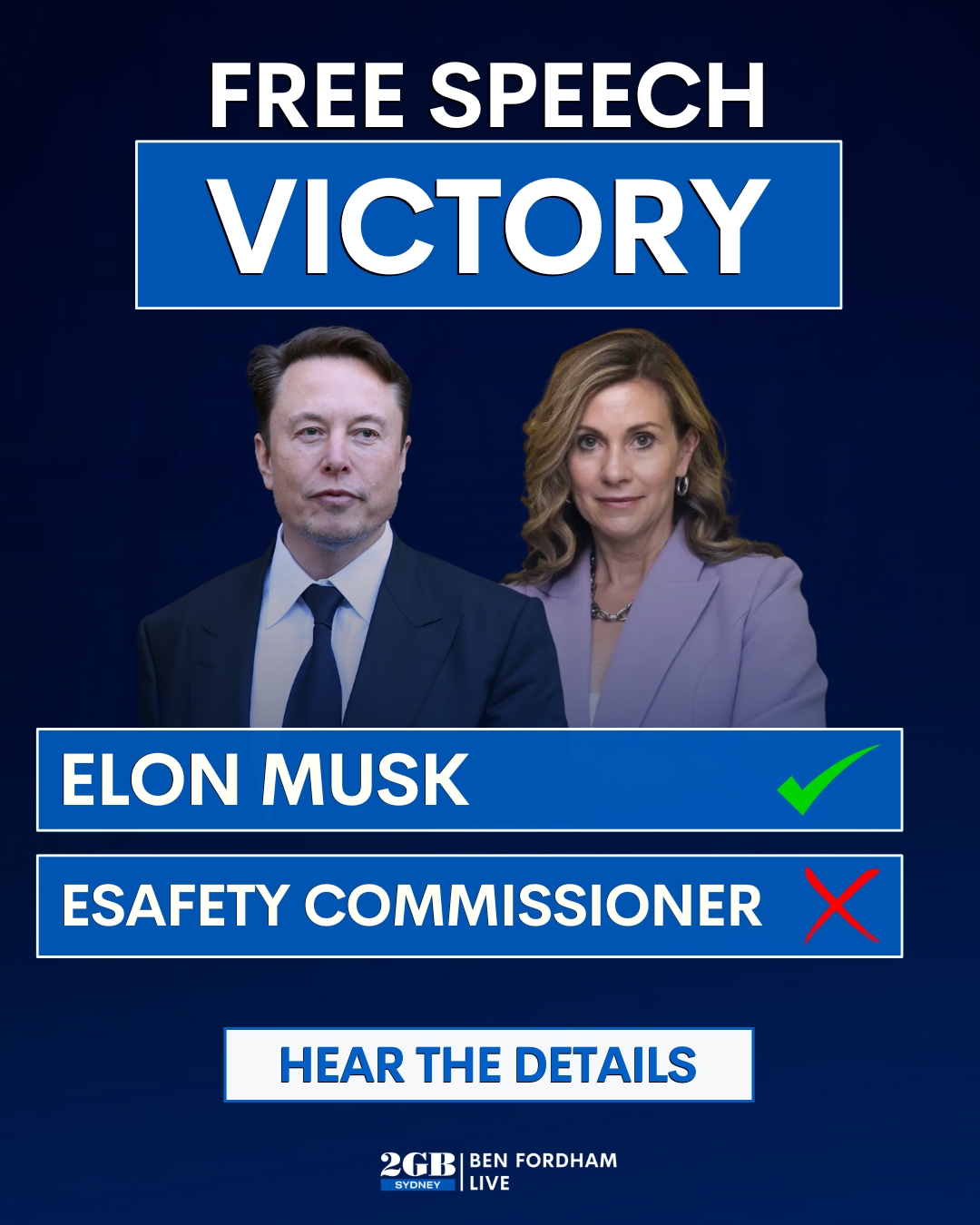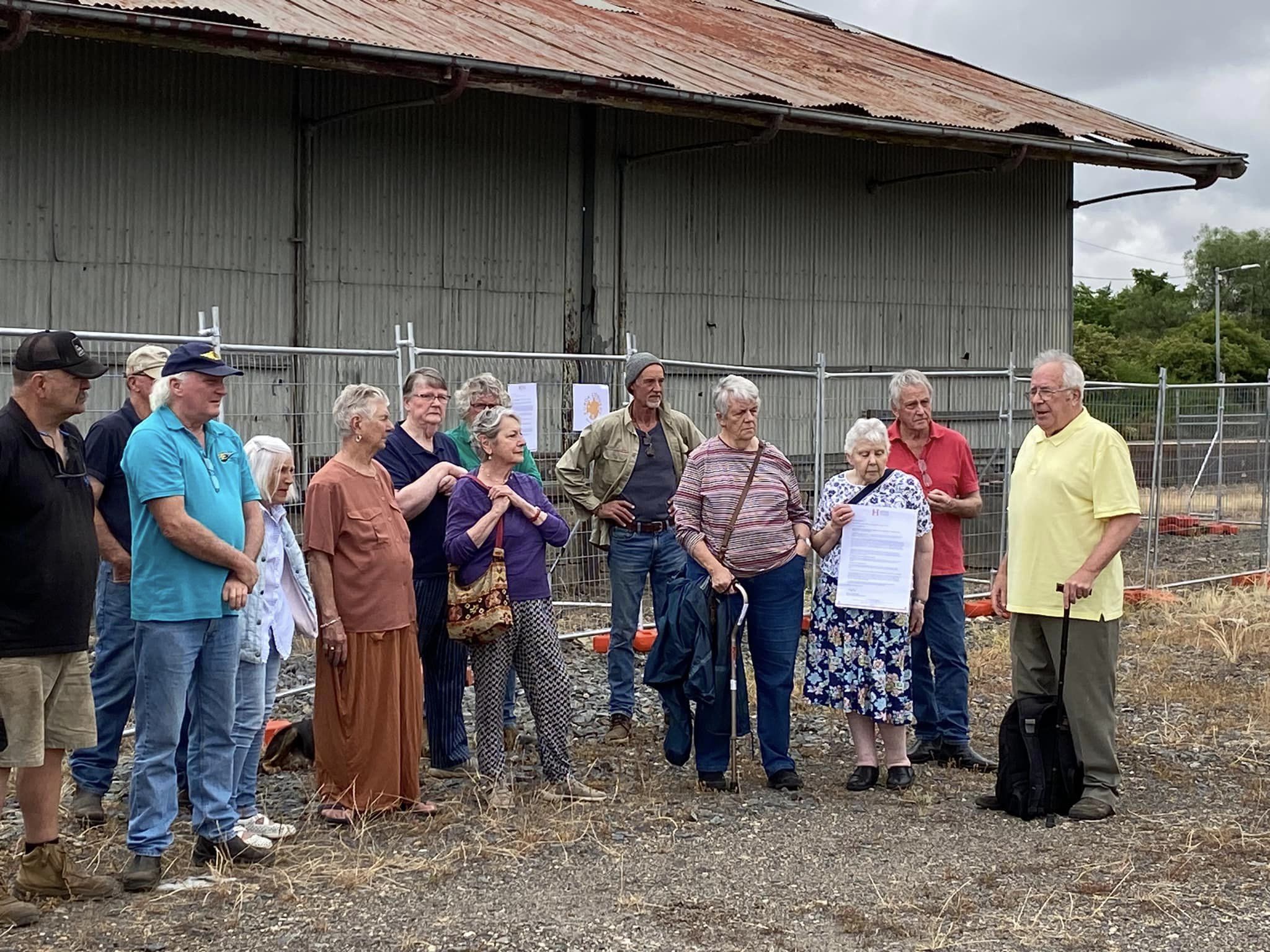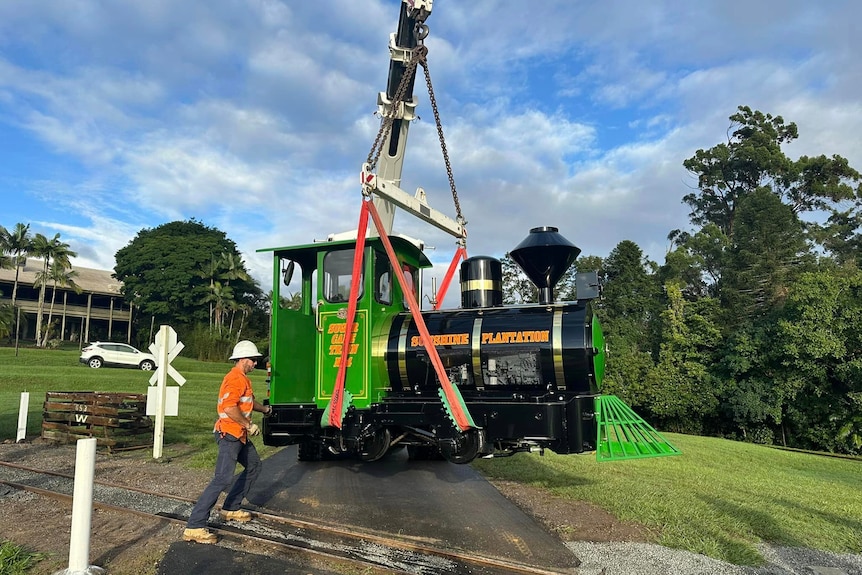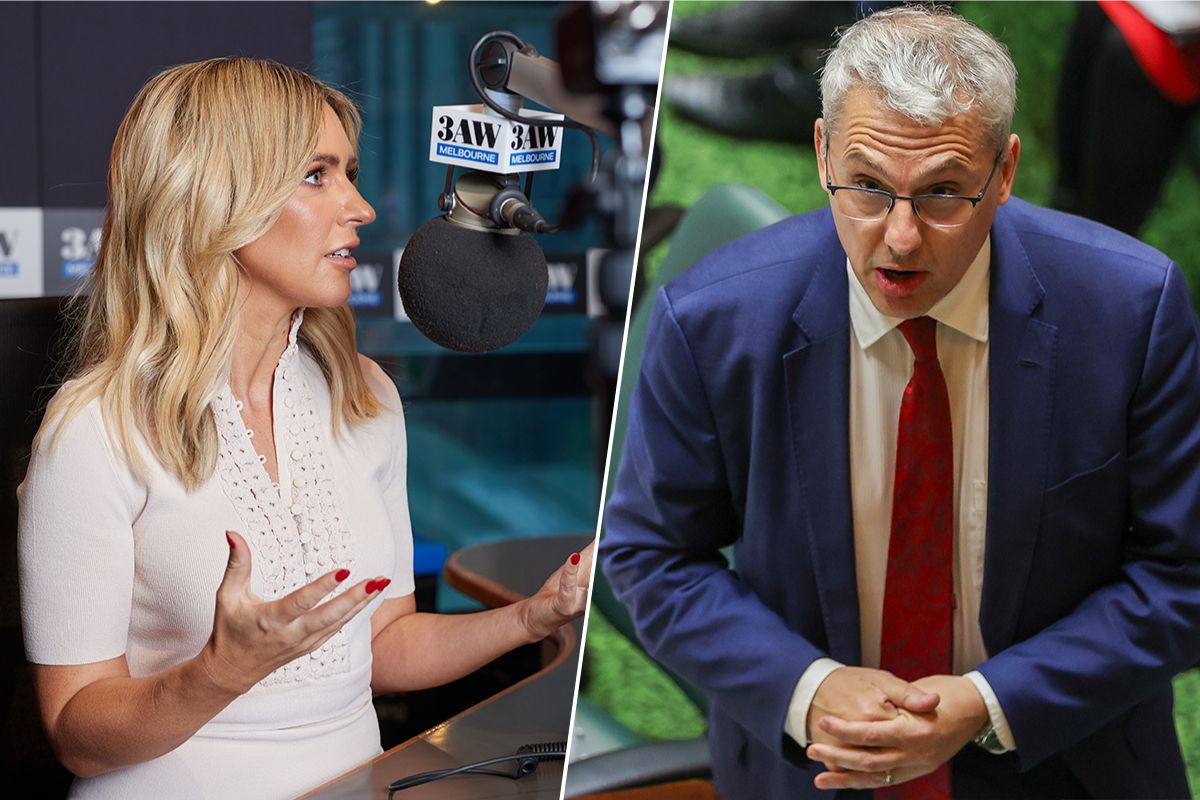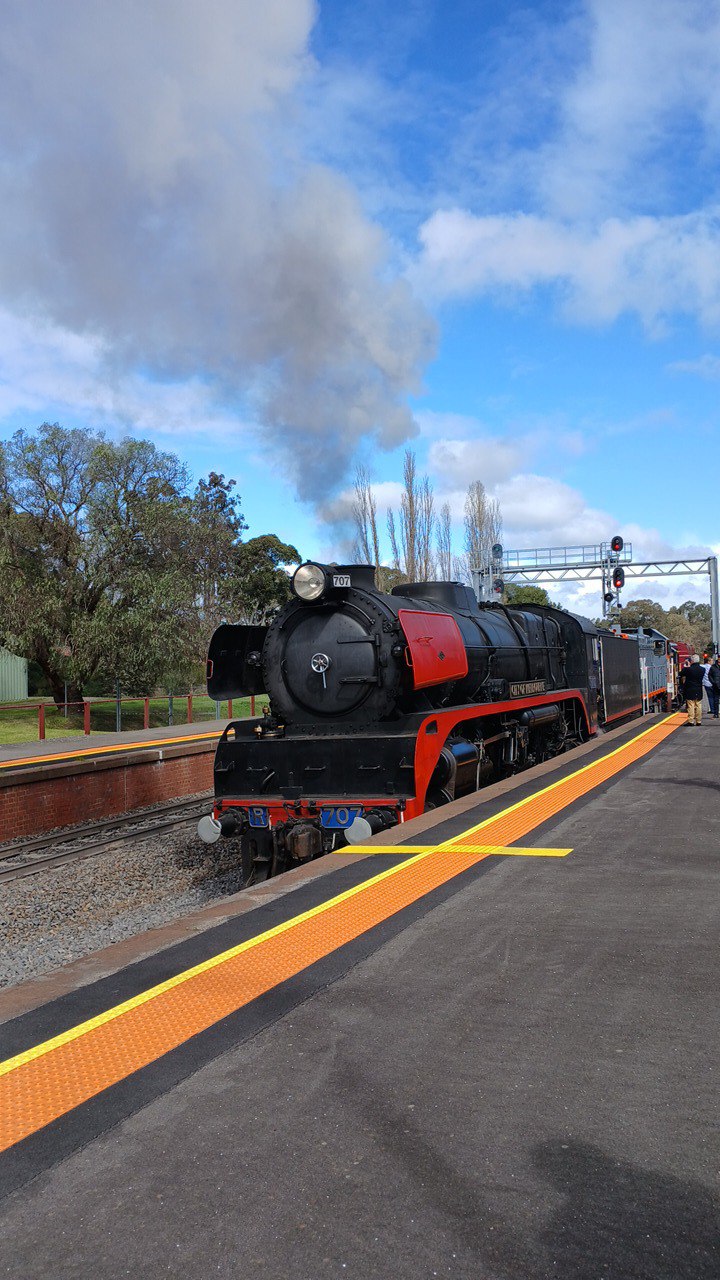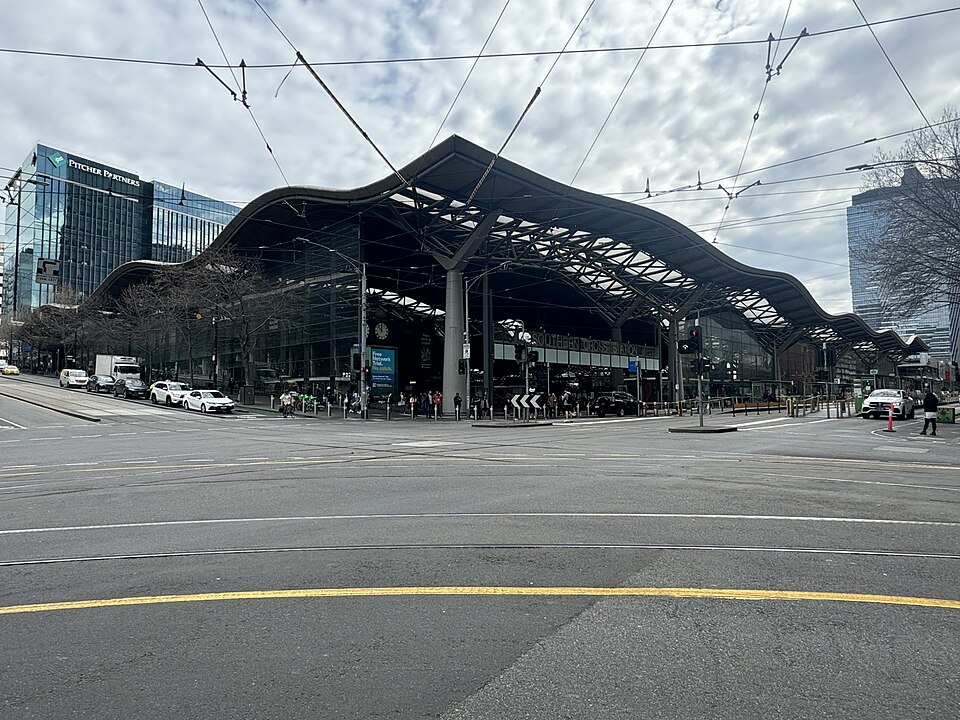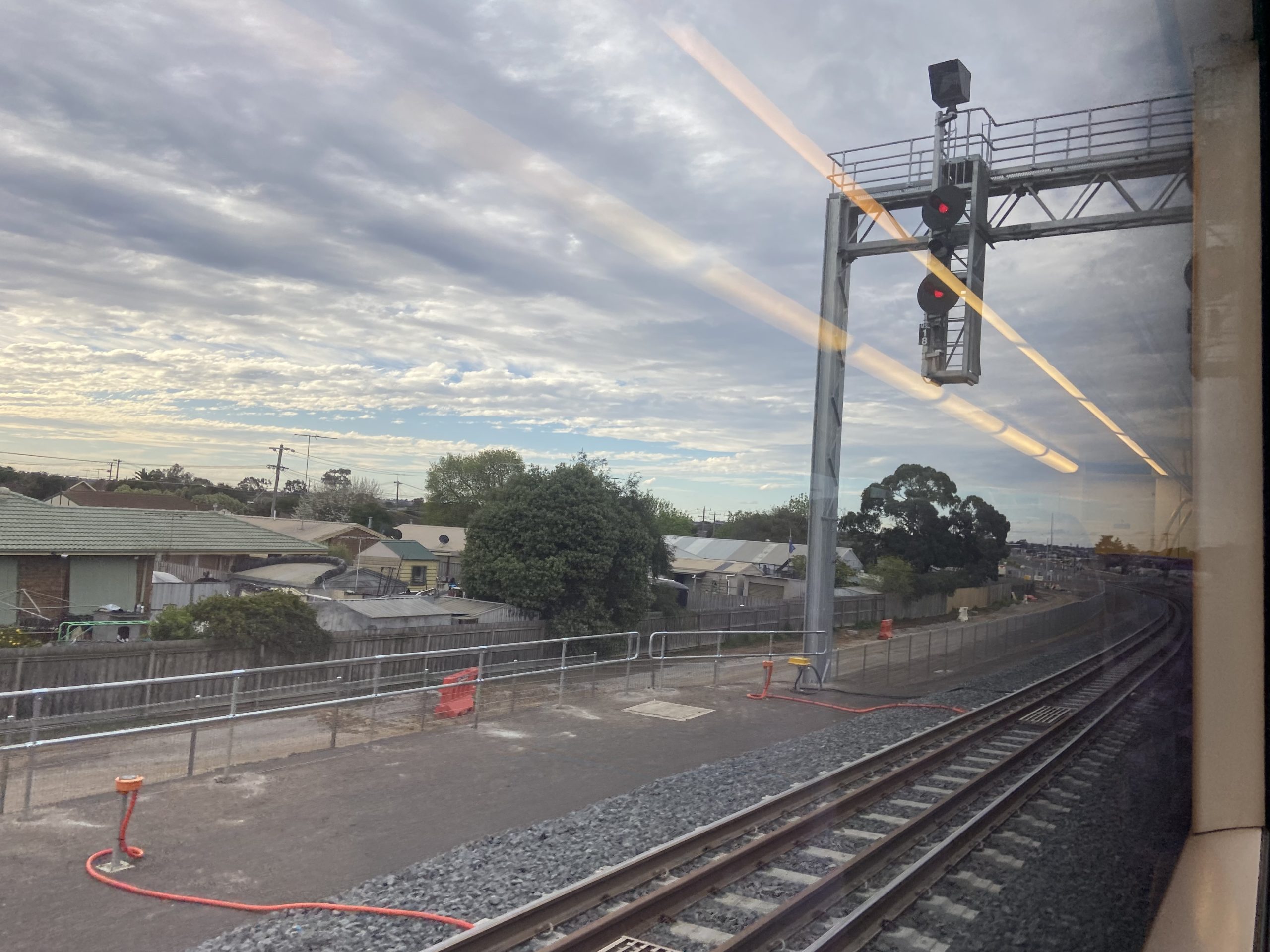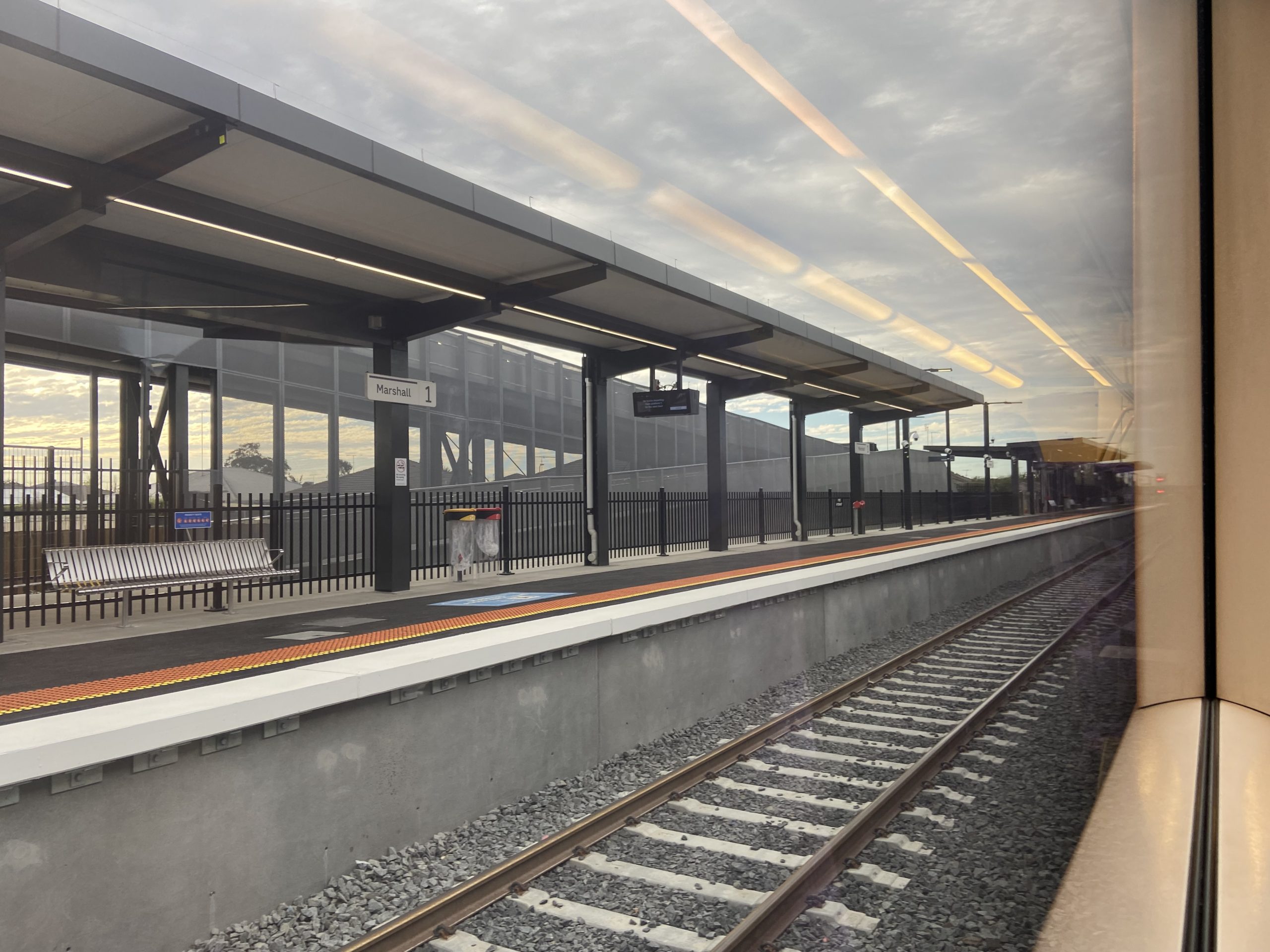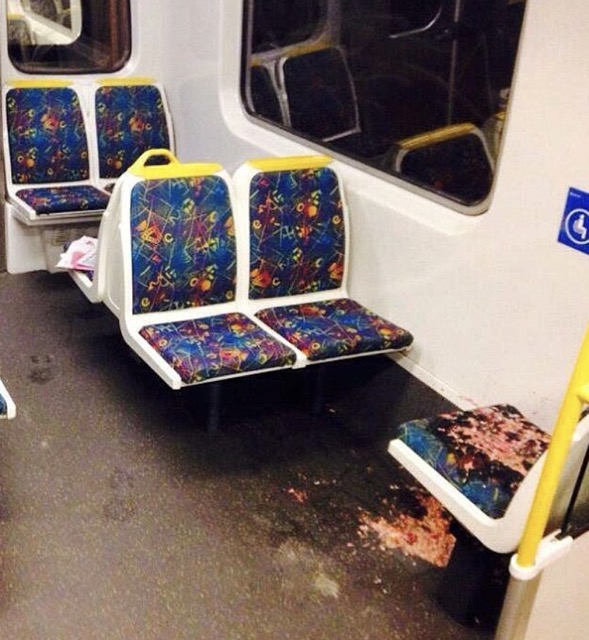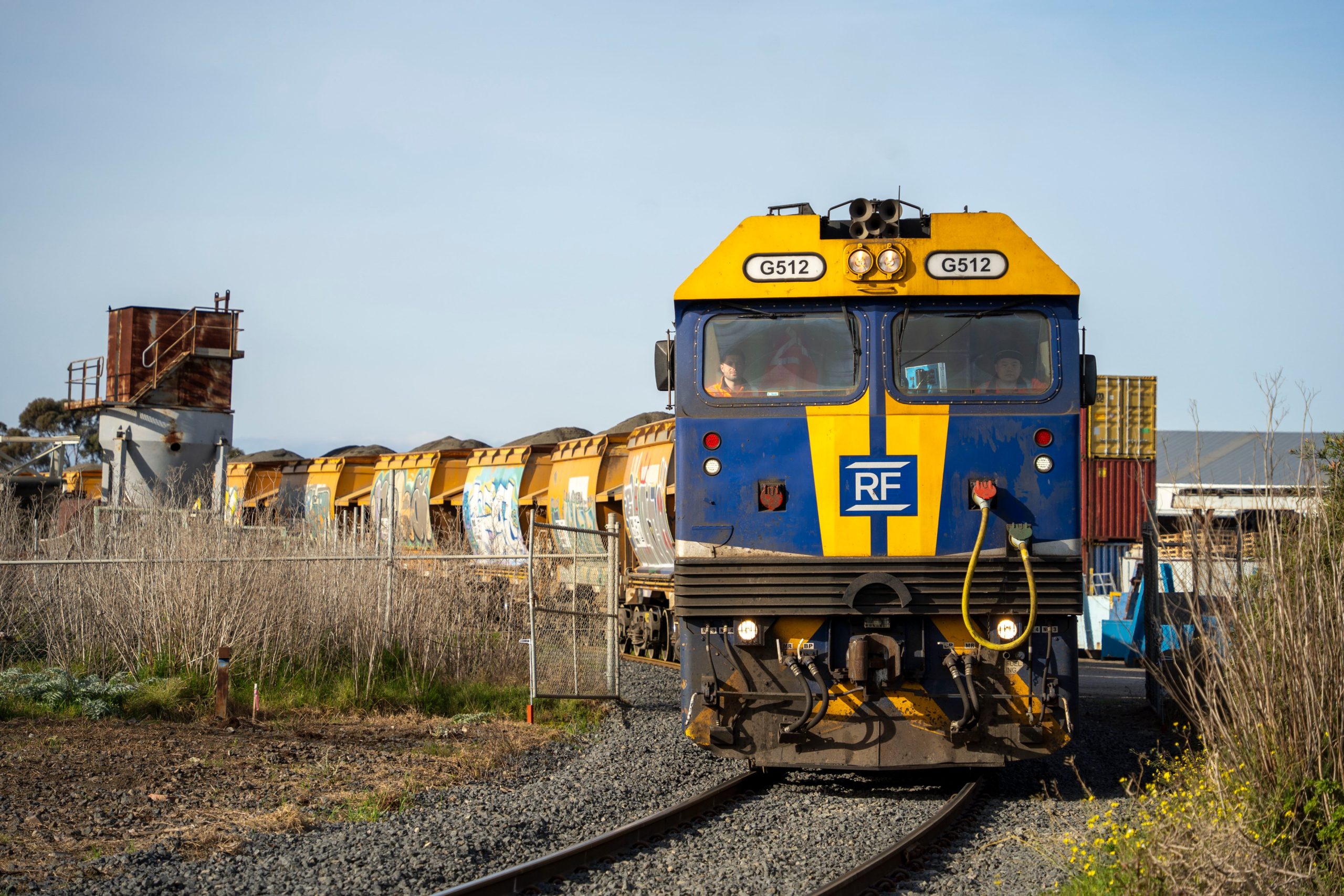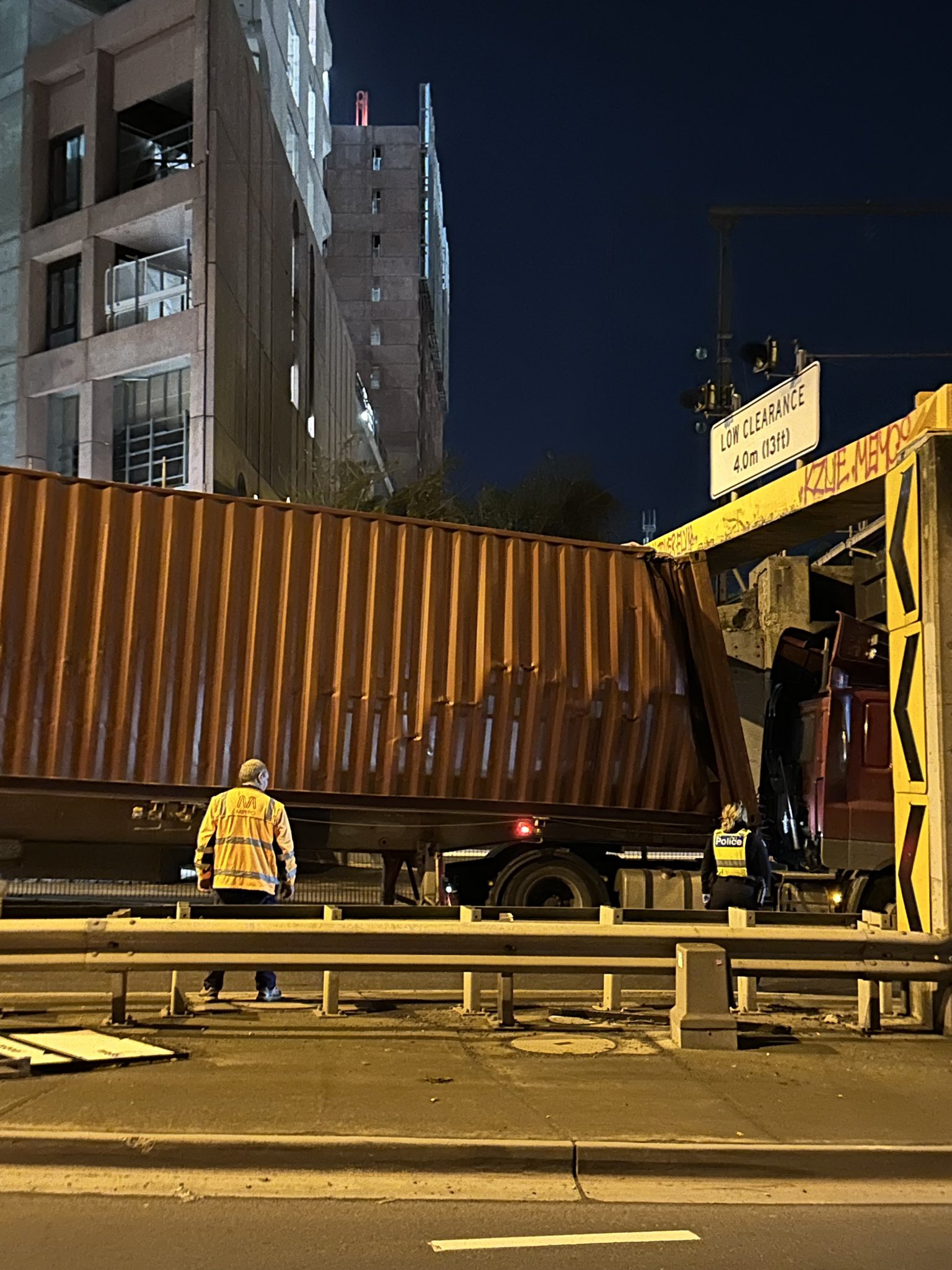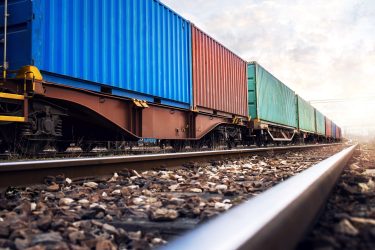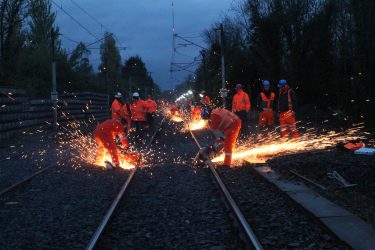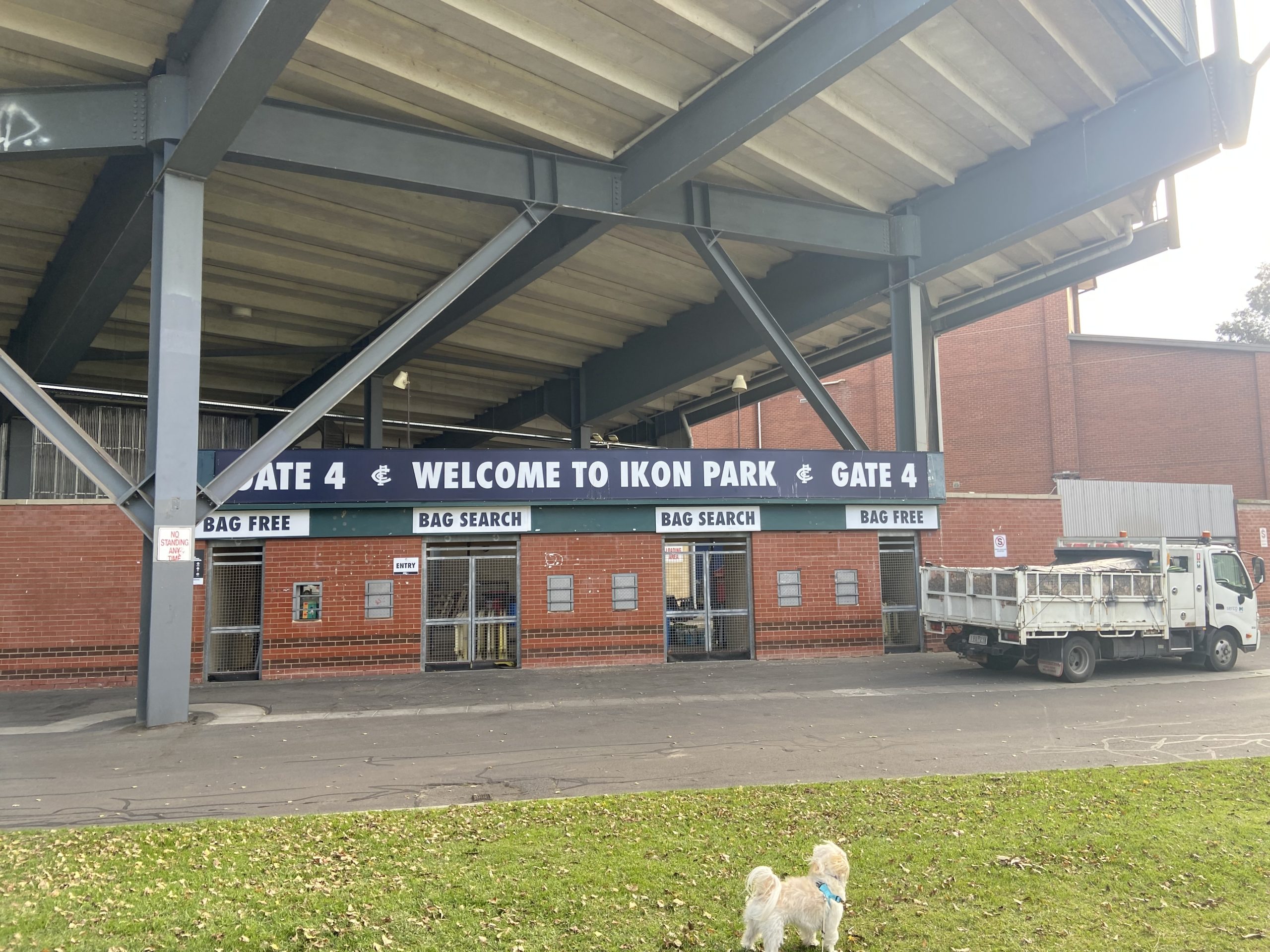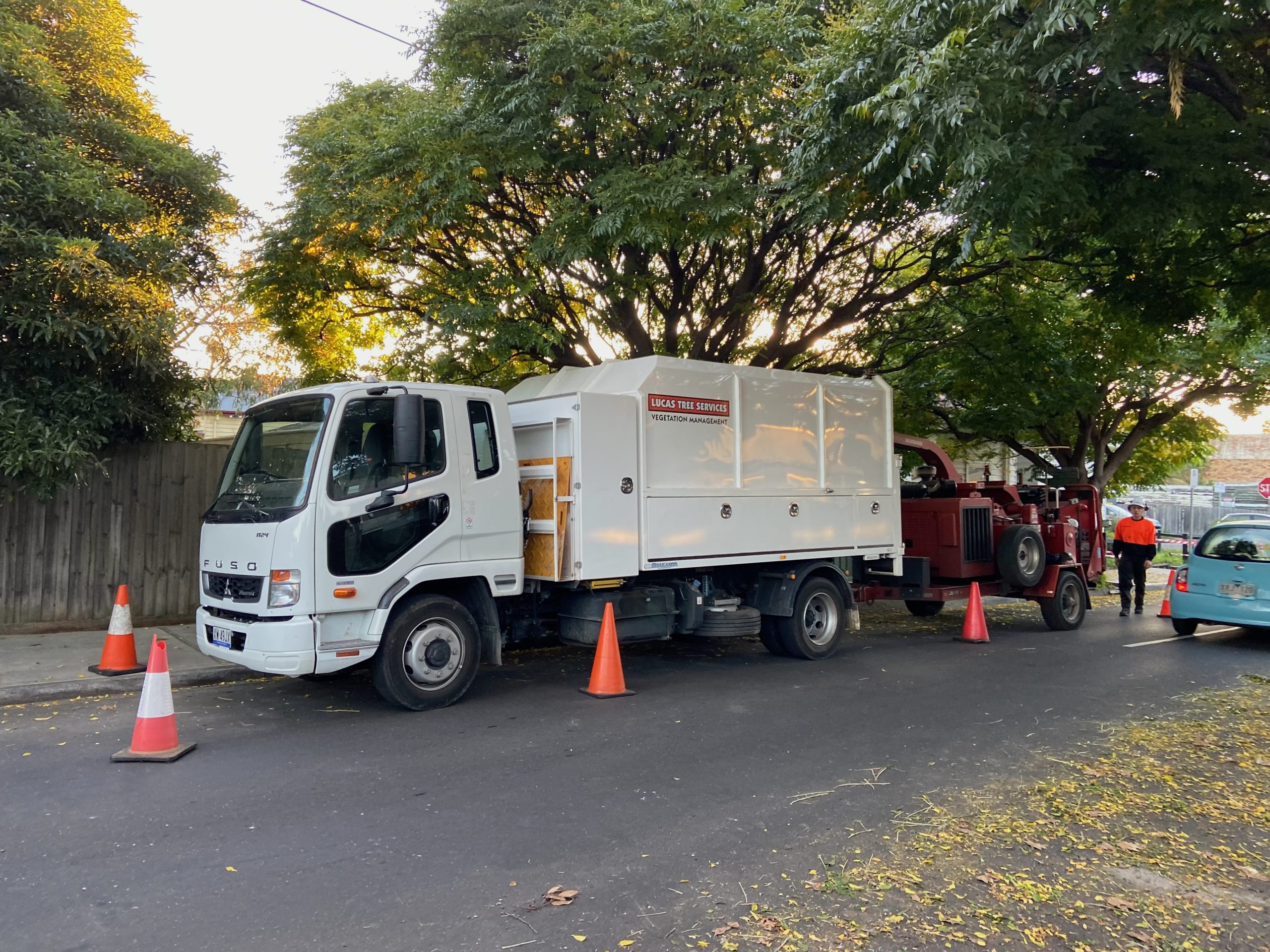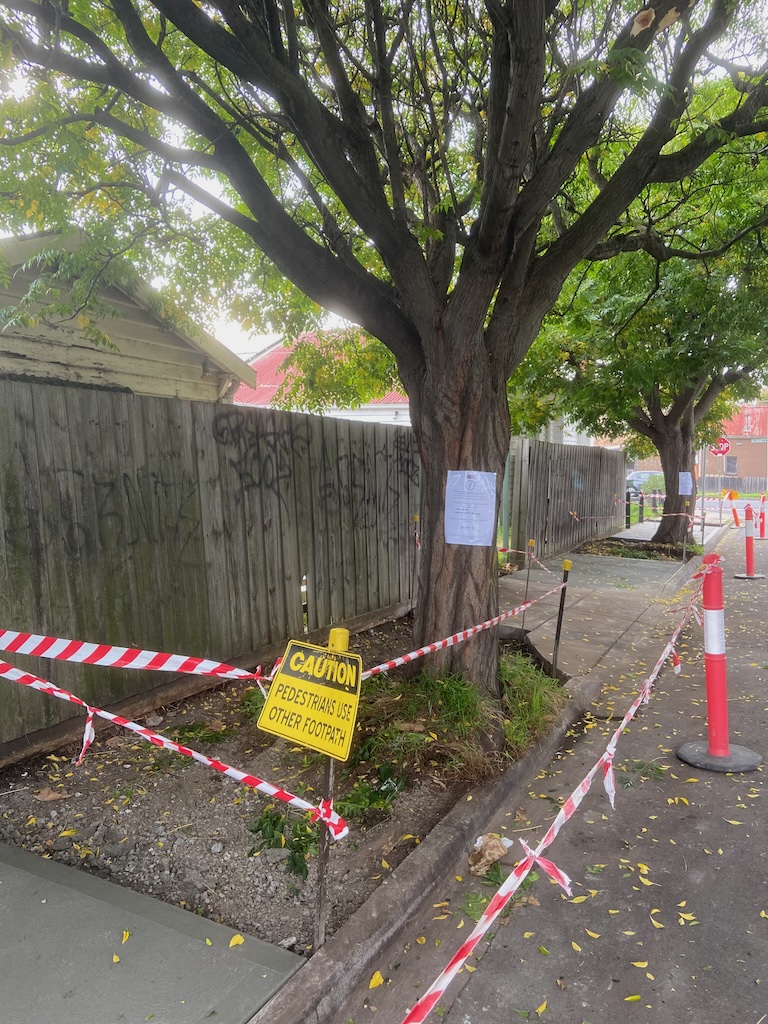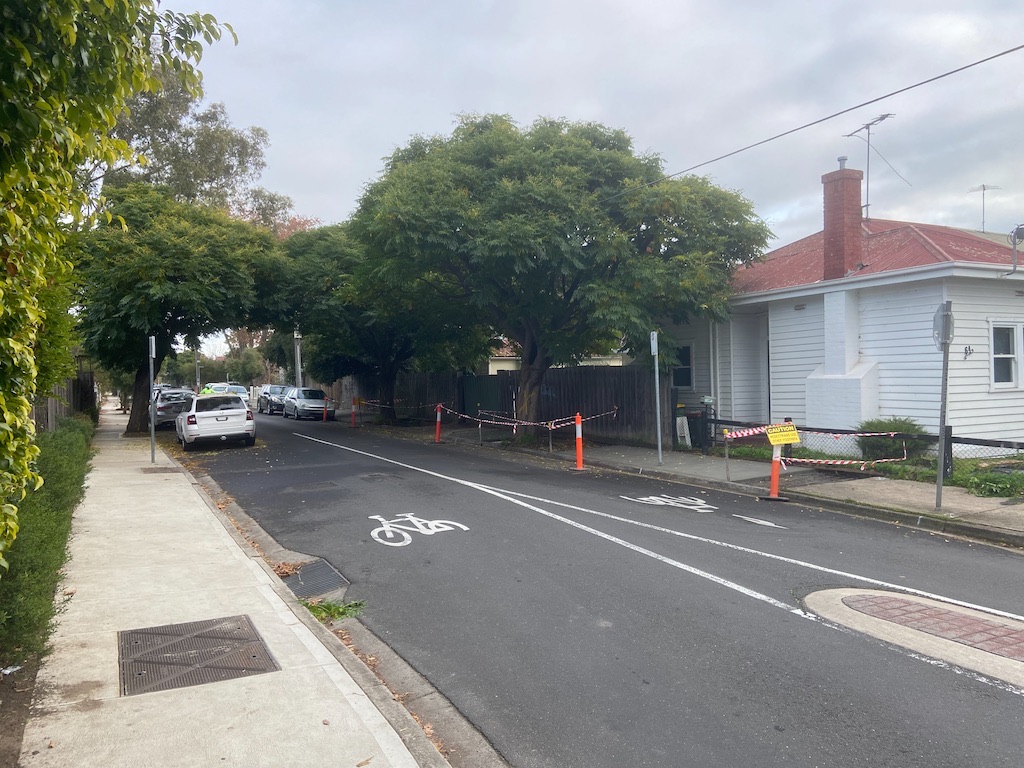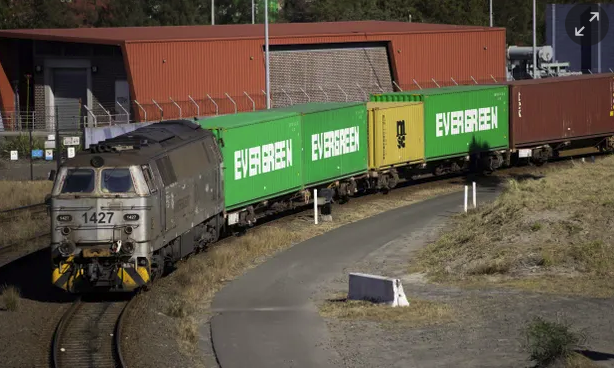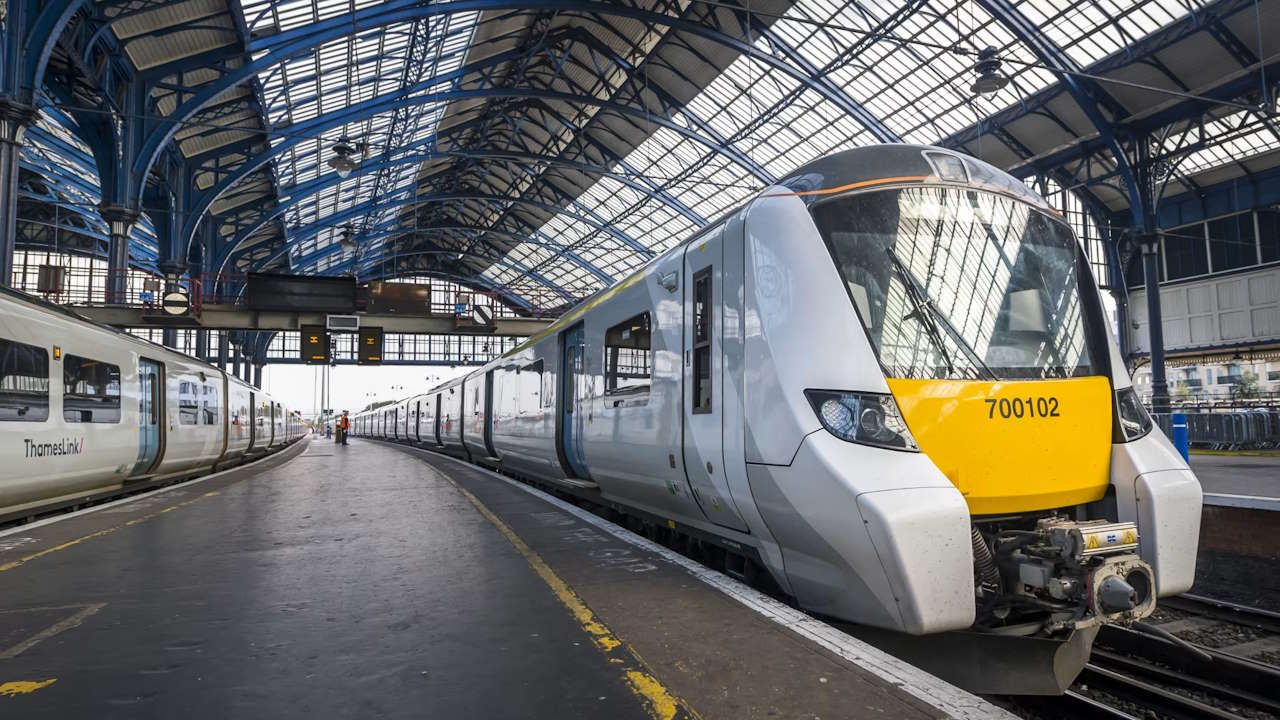Paul Callister just wanted to make a simple trip to the uni in Palmerston North – but navigating the public Transporting ticketing is anything but simple. It shows we are a long way from having an efficient, joined up, low carbon, regional public transport system. Republished on Public Transport Forum website with permission from the authors.

The Climate Change Commission has told us we need to change our transport habits if we are to have any hope of meeting our Paris climate commitments. \
\
Taking this idea seriously, my trips from Paekākāriki to Palmerston North are often taken by bus or train. But just this short journey across the boundaries of Greater Wellington Regional Council and Horizons (Manawatū-Whanganui Regional Council) illustrates just how far we are from a convenient, joined-up, low carbon, passenger network. \
\
There is no need to book a seat on the evening Capital Connection between Wellington and Palmerston North, which is run by KiwiRail. The price is good, especially if you hold a paper-based 10-trip ticket. But, for me, it requires a trip from Paekākāriki station to Paraparaumu station where it stops to pick up passengers. \
\
The Snapper card in my wallet is no use on that part of the journey as it only covers buses in the Wellington Region. So, I use an on-peak 10-trip ticket bought just for that leg. This is not to be confused with the other 10-trip tickets, both on and off-peak, in my wallet for trips such as Paekākāriki to Wellington or to Plimmerton or to Waikanae. A wallet with so many paper based tickets needs to be kept safe. \
\
The local train drops me off at Paraparaumu with a few minutes to wait for the Capital Connection. But the impending arrival of the Capital Connection does not appear on the electronic board showing the next services because it is outside the Greater Wellington Regional Council Metlink system. \
\
Still, it is usually on time. \
\
It is a great train, despite its age. It even has a bar and toilets although you may need these as you trundle up the island at a pace slower than cars on many stretches. Looking out the window you see the huge work going on to build expensive, emissions-inducing expressways. It’s a pity they did not think of double tracking to Ōtaki or beyond at the same time. \
\
It’s good to have a book too. Unlike modern trains overseas there is no onboard wifi. \
\
It’s also helpful to have a friend meet you in Palmerston North as there is no public transport waiting. Or you could take a taxi. \
\
Palmerston North has a skeleton bus service. Even many students who blame the older generation for ruining their world with greenhouse gas emissions now prefer to drive to Massey University, despite free buses for them and staff. Luckily, Massey has built large car parks for them. \
\
Last time I was in the city, I went to the i-SITE to get a new bus card. Palmerston North buses once used Go cards, but have switched to a Bee card, as have several other regions. Neither my Auckland Hop card nor my Wellington Snapper are of any use for Palmerston North buses, despite the money sitting on them. Still, if ever I use the Hamilton to Auckland Te Huia train service I’ll need both my new Bee card and my Hop card. \
\
The i-SITE sold me my Go card. Unfortunately, the i-SITE cannot swap my balance across to the new card. \
\
In fact, they can no longer even sell me a Bee card as Horizons has stopped them doing that. Apparently, if I want to purchase a Bee card I could write to Horizons or do a 20-minute round walk to their headquarters from the Square. \
\
You can buy them on the bus, but you cannot register them. So, I order one on-line. The website says it will take at least 5 days to be sent to me, by which time I will be back home. And it costs me $5 for the new card. And unless I figure out how to get a refund on my Go card that is a donation to the public transport system. \
\
Going home to Kāpiti I often use an InterCity bus, as there is no evening train back to Wellington. If I book it on-line, the booking fee is $3.99 for this short trip. If I call them to book it is $5. This is a significant part of the cost of the ticket. At least it is modern and all electronic. \
\
But skip having a last minute coffee before you set off. Unlike overseas buses, there are no on-board toilets. As with the train, take a book. While InterCity promises on-board wifi, if it is actually available on the bus you get, it is usually so slow to be almost useless. \
\
And do not book a bus that drops you off at Paekākāriki at peak hours. You are left beside SH1 with no crossing or traffic lights. So I often take the bus to Paraparaumu and catch the train home. Except on Sunday evenings when the trains become hourly so one can end up waiting a long time. \
\
Oh, and on all these trips masks are compulsory in contrast to packed bars and cafes. \
\
Wellington Regional Council and Horizons have been consulting on their long-term plans, with public transport being a key feature. But, as with the health system, the government needs to consider whether the model of many separate agencies is still fit-for-purpose as we work towards a low emissions transport sector. My trips show we are a long way from having an efficient, joined up, low carbon, regional public transport system. \
\
**Dr Paul Callister** is a senior associate at the Institute of Governance and Policy Studies. Paul’s current research centres on climate change policy with his main focus is on sustainable transport. \
\
*This opinion was first published 14 May 2021 in Newsroom* \
\
This article has been republished on publictransportforum.nz with permission from the original authors. \
\
For further information concerning the points raised in this opinion –
* [New Zealand’s National Public Transport Network](https://publictransportforum.nz/articles/article/national-public-transport-network-07-06-2022)
* [New Zealand’s New Regional Passenger Rail Network](https://publictransportforum.nz/articles/article/new-zealands-regional-passenger-rail-network-20-08-2022)
* [New Zealand’s National Public Transport Authority](https://publictransportforum.nz/articles/article/public-transport-aotearoa-new-zealand-22-08-2022)
* [Connecting Communities Initiative](https://publictransportforum.nz/articles/article/connecting-communities-2030-01-02-2022)
